Wordology is my own word for the etymological process of breaking words down to their smallest parts – their lowest common denominators- and seeing what the individual parts typically mean within a preponderance of words in the parent language’s lexicon. By summing the individual word-part meanings, we get a description of the meaning of entire word. This process works in all the main Indo-European languages, and particularly well in English.
Deciphering the English Code (Amazon) explains how language history evolved from a few basic words that would have been common to homo sapiens about 100,000 years ago, when the transition from body/sign/grunt to spoken language began. This is not rocket science. There were no rockets scientists back then. They were only our hunter-gatherer forefathers, a challenged species desperately needing an advantage to survive. Language gave them the means to learn from the past and imagine a future. They were able to plan many steps ahead. It allowed the wisdom of the past to accumulate over centuries. Language fostered coordination which became mankind’s super weapon.
At some point in our past, body/sign language and grunts cooperated more equally in the tasks of communication. About 100,000 years ago a genetic upgrade occurred in our brains and we got better control of our tongues. However our brains were used to looking for signals just as much as listening for them. When the way their moved their tongues mimicked a body/sign motion, the sound associated with that tongue or mouth motion became the vocal name for those acts. That way, they got it either way. We were challenged species born without the weapons the animals we competed with were endowed with. Clear communication was essential to our survival.
A simple example of this technology is what I call the lifting L-words. When you say “el” your tongue travels upwards. That mimicked and reinforced the arm rising up in the logical body/sign motion to say lift. Hence words evolved like lift, lever, light, helium, elevator, and elephant. This sound-from-physicality thing is pervasive throughout the Indo-European languages.
A conspicuously large percentage of basic English B-words are members of a similar word family based on their consonant sound or formation of that sound. The formation of a buh-sound involves swelling two cheeks by exhaling and sealing your lips. The image shows this concept better than words can. 
Things and actions that reminded the first speakers of the act of Blowing or the two cheeks employed became named with B-words. Examples are Blow, Ball, Bounce, Berry, Bomb, Bi, Both (two cheeks), and from Butt (two cheeks), Bottom, Bosom, Base, Baja (bottom land), (river) Bank, Belle and Beauty.
The drawn letter B is literally a reenactment of the two swollen cheeks, so its clear this knowledge was known by the scribes who first imagined a written B. The PIE root bhou is defined as “to grow, swell,”. I see these congruencies as confirmation that the physicality of forming the Buh sound predates and predicts the sounds that name those things or actions. English letters are simply hieroglyphs in the code unraveled in this easy-to-understand story of language evolution.
LINK TO AMAZON: https://www.amazon.com/gp/offer-listing/0988229706/ref=dp_olp_all_mbc?ie=UTF8&condition=all
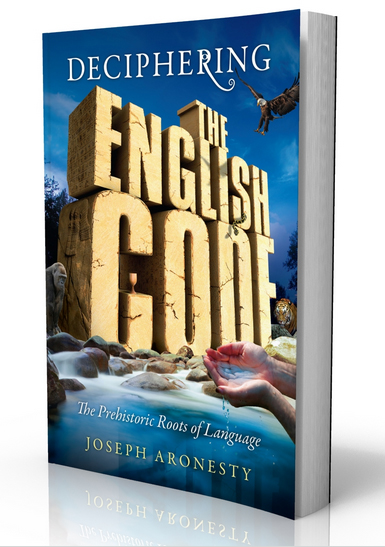
Select Publisher TWO CANDLE PRESS at Amazon. josepharonesty@gmail.com to request signed copies.
Deciphering the English Code is a must-read for those who love words or use words in their work. Readers learn a fuller understanding of our basic English words, by seeing word history come alive on every page.
Stone Age Pre-Speak Visual Communication Evolved Into Spoken-Word Aural Language
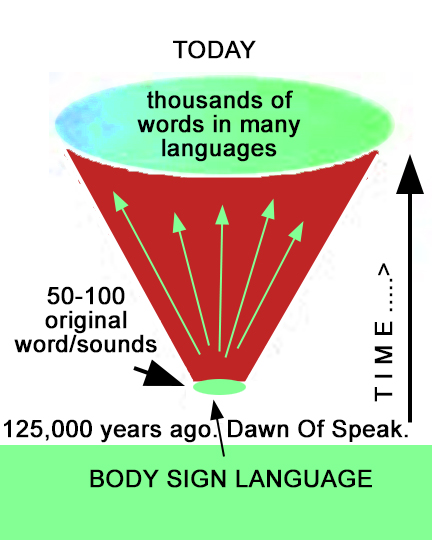
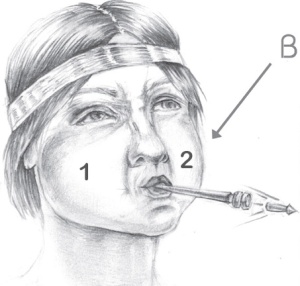
By late 2008, I had amounted enough circumstantial evidence to theorize that first words in the Indo-European language family tree were created as technological upgrades to the body-sign/visual language we had been using to communicate in Africa for a million plus years. For that reason, our first spoken consonant sounds were assigned to represent things and actions based on three main factors:
- 1. The way we made spoken sounds with our mouths mimicked the way we had been making body-signs with our hands, arms and other body parts. The associations of the visual body/sign communication process carried over to the new aural technology of spoken words.
- 2. Certain sounds we made reminded us of known jungle sounds that already had firm definitions cemented in our brains for millions of years.
- 3. Some sounds had onomatopoeic links to reality in the Stone Age world that the creators of spoken word communication lived in.
These three factors alone were and still are the prime drivers of sound-to-thing links in all Indo-European languages.
Some examples of the three ways that our first sounds got assigned to specific things or actions:
- Mimicry of pre-existing body/sign communication. We lift our tongues to say LIFT, LIGHT, HELIUM, ELEVATOR. The lifted tongue in “el” mimicked that lifted arm we had used in body sign to convey lifting, etc.
- Jungle sounds that already had definitions in our brains: GRRR is the growl of a large animal. An animal makes a grr sound to grow its image in the mind of its prey or enemy. This led to spoken words like GROW, GREAT, GRAND, GRASS, GARDEN, NIGERIA and GIRL having to do with growing and things that grow.
- Onomatopoeic words: Because SSS is a continuing sound – S words often represent continuing actions or things. Since continuation represents motion, words like swim, shoe, swing, send, ship, snake and even sun ( the sun is the ultimate continuing object ) start with S.
In my 2008 meeting with Noam Chomsky, he advised me that my theory could be proved (or disproved) with simple linguistic/statistics.
I have published a 320-page book, Deciphering The English Code (Amazon) which details the logical genesis of thousands of basic words, but I am in need of that proof Chomsky referred to.
Linguists: I am currently looking to retain a linguistic student, graduate or a professor with a grasp of standard methods of linguistic statistics, to help explore uncharted waters and help prove something truly groundbreaking in the field of linguistics. Please get familiar with my theory and get in touch with me. josepharonesty@gmail.com
I have found a reliable pattern of sounds-to-meanings that is fairly consistent within most PIE languages. I know of no other dependable sound-to-thing pattern that has yet been mapped out by “academia”. And yet, the top linguists in the world are generally in accord that it is hard to imagine that most languages do not stem from the same tree.
I believe this challenge has remained elusive for linguists because they have been generally looking in the wrong places or books. In fact, since spoken language originated 100,000 years before written language, it is impossible to find the earliest roots of languages written in any book. Logic dictates that the origins of our very first words must be rooted in a medium which is not oral. Pre-speak visual communication is that medium. Before words, what else would have been used besides physical signals? Our brains were conditioned to decipher visual signals the way the brains of ants decipher antennae motions to communicate. My studies led me to conclude that pre-speak visual body/sign language is the linguistic tissue that connects nearly all basic words within our major languages.
Further, it is no small thing that academia is in accord that we are all genetically related. Given that language is passed on from parent to child, just how our languages would not be closely related is also an enigma that not been proven or disproved.
There is also an important peace-keeping component in the endeavor to show the world how we are all related -not separated – by language.
There has never been much political support for discovering what connects the family of men. Many governments would prefer these links remain forgotten, because part of the bargain rulers often offer their citizens in exchange for the tax monies they collect, is the promise to protect its citizens from foreign enemies. And so, they need foreign enemies. It’s all about the money however. That has not changed – yet.
Nationalism is trending globally right now. But seven billion plus global citizens don’t need to regard their neighbors as enemies. We don’t benefit by fighting with each other. In fact, quite the opposite is ideal given the challenges we will increasingly face as global population increases to the 10 billion range. And as the technology of weaponry evolves, international cooperation becomes more critical to species survival than competition.
It is my hope this simple outline of the theory will impart enough clarity and inspiration to qualified linguistic-statisticians to jump-start a scientifically acceptable proof process.
CLC is short for “common language code”, a term I use to describe the linguistic glue that connects the prime languages of the world. I will show that English letters appear to be hieroglyphs for CLC. Since actual scribes created our letter shapes, that would mean that CLC was once a known phenomenon, at least to the early scribes.
People do ask me if this language code was once a known thing, why did it get lost? I answer as follows. It’s tacitly understood that those who learn music by reading music do not get the feel for music like those who first learn music by listening. It’s why the Suzuki method of learning music is so effective. I believe that the advent of the written word provided an easy path to forget our shared linguistic roots and history. CLC is sort of a Suzuki method to internalize word history; it is etymology by ear and logic.
The Visual-to-Aural Genesis of B-Words
When we make a BUH sound, we summon our two cheeks to sort of swell up and pop! Try it. That is the same process used in BLOWING – a poison dart or perhaps BUBBLES. The earliest B-words were associated with BLOWING and rounded things like BUBBLES, BALLS, and BERRIES. The concept of TWO can be communicated with BI and BOTH because of the two cheeks employed in blowing. It’s that simple.
Two swollen cheeks also resemble a BUTT or a BOTTOM. That association led to words like BASE, BACK, BAJA (Spanish), ALABAMA ( Indian). Because bottoms are deemed to be attractive, the association with BEAUTY words ( belle, beau, bona, yebuda, Korean, i.e., ) was a natural derivative. This association is not confined to English and should hold up in most Indo-European languages.
Baja, is the bottom of a land mass. The same can said for AlaBama and CuBa.
It is not coincidental that the written letter B has two lobes. The written B is an intentional depiction (like a hieroglyph) of the cheeks we use to make a B-sound and the two loBes* of a Butt as well. All English letters will be shown to be hieroglyphic in this manner.
- I will often use capital letters in the middle of wORds to highlight the ORiginal meanings of a word-sounds.
All the fore-mentioned B-words and their progeny derive from factor A in the above list of three categories of sound-to-meaning codes. In this case, the way we made the B-sound reminded us of the two-lobed body part we use to say “buh” – and the rest followed in time.
Consonant meanings are not limited to one only. There are a few other main attributes of the B sound-words. B can be explosive. Buh! There is some forceful wind and even spit that can emerge while making a forceful B-sound. That led to associations with words like BOMBS, BATTLE, BASH and things that are generally BAD. BELLIGERENT stems from this association and its ironic juxtaposition to BELLE can now be understood. So this “bad” association stems from the physical, onomatopoeic connection to B’s explosiveness. B-words can often have a masculine sense to them for this reason.
Those word families, the blowing B and aggressive B, contain over 80% of the basic B-words within English and in many other Indo-European languages as well. This can be proven with linguistic statistics, but a simple list of all basic B-words in English will spark your scientific curiosity about this linguistic connection. This simple analysis method will work for all English consonant sounds.
……………….
UNDERSTANDING MORPHS
Morphs are words that have changed in sound from their original utterance. There is usually a reliable path for sounds to change. For example the word FOOT is a morph with POD (Greek). The F in foot is thought to derive from the P in pod, though they do not sound the same at all. However D and T are very similar in sound, and cousin words like THEIST and DEIST exist because they sound close. Also note how the word BOTTLE is pronounced BODDLE here in the USA.
Just how this happens to a word is almost never document-able, but it can be imagined. Perhaps the first uttered instance of this god-word was DEUS, but it was heard as TEUS, and then changed to THEUS. I believe that all languages ( even the Asian languages which do not seem to adhere as closely to the CLC theory as PIE languages) developed over time via morphs layered upon morphs tracing back to a more primary language.
I will use the symbol <=> to designate a morph trail; they can flow in either direction: B <=> P
- A prime example of a B-sound morph is the morph from B to P. Notice how the P sort of looks like a B. The B is just a bit more of a committed two-cheek sound. Making a P sound involves more of the uPPEr lip. Witness how the written P can be thought of as signifying “uP-ness” as only the uPPer loBe is swollen. This is the reason that in Hebrew – father is abba – but in Romance languages it’s father or papa.
- Morph trails vary but there are logical reasons for their divergence from their first utterances. The F in father sounds nothing like – and is not formed by a similar process of – the P in papa. And yet P<=>F is one of the most prevalent morphs in Western languages. The Brothers Grimm, known for fairy tales were also early linguists documenting German folkloric stories. They wrote copiously about the P<=>F morph trail. Morphs are an accepted part of linguistic theory.
- The B sound involves two cheeks and two lips, but if you vibrate your lips while saying BUH, you can get to a Spanish-sounding vibrating B-sound. Then this vibrating B-sound can morph to a vibrating V-sound. Then the vibrating V-sound can soften to an F-sound. And so you can see that P<=>B<=>V<=>F becomes a morph family -and it becomes easy to find yourself analyzing an F-word which was originally a B-word. Morphed sounds appear in the words of various Indo-European languages, but it is my thinking that many of these words are cousins, commonly rooted and diverged along the path of time.
Pyre<=>Fire Consider those two words as etymologically equivalent. They are morph cousins.
Still, the original sound-to-thing-or-action connections can be usually be recognized or pictured using the codes I will be laying out in this treatise. I can’t over-emphasize the importance of actually picturing the things or actions that words define, because our words are just approximations of the actual things or actions .
There is something in a sound/word – or the making of a sound/word – that originally represented the actual thing or action for the creator of that sound/word.
Getting In Touch With Our Stone Age Brains
The first speaking humans already had visual-to-meaning associations built in to our pre-speak brains. We were used to looking for signals rather than listening for them. Many of our original visual-to-meaning associations would have auto-transferred over to sound-to-meaning, after we got better control of our tongues about 125,000 years ago, in Africa. Nature moves slowly but surely. It would have been too dangerous for humans to suddenly and totally stop using a million year old system of communicating for a new-fangled oral technology. We were a challenged species of hunters, and mistakes in signaling would have been costly or deadly. Visual and aural language co-existed and leaned on each other at first.- In many ways, they still do.
As we progressed over time from mainly using our eyes to communicate – to largely using our ears, that progress would have required some software upgrades in our brains. Today, our brains are equipped to differentiate between the smallest nuances in sounds. This was not the case at the onset of spoken language. There can be no document-able proof for this – but it does not make sense that this would have been other way. We will be intuiting and deciphering the origin of very basic words that may have originated 100,000 years ago – in Stone Age Africa.
…………………………………….
The Visual-to-Aural Genesis of L-Words
The easiest way to describe this concept is to give you a prime example. “You LIFT your tongue to say LIFT, ELEVATOR, CEILING, LIGHT, HELIUM …”
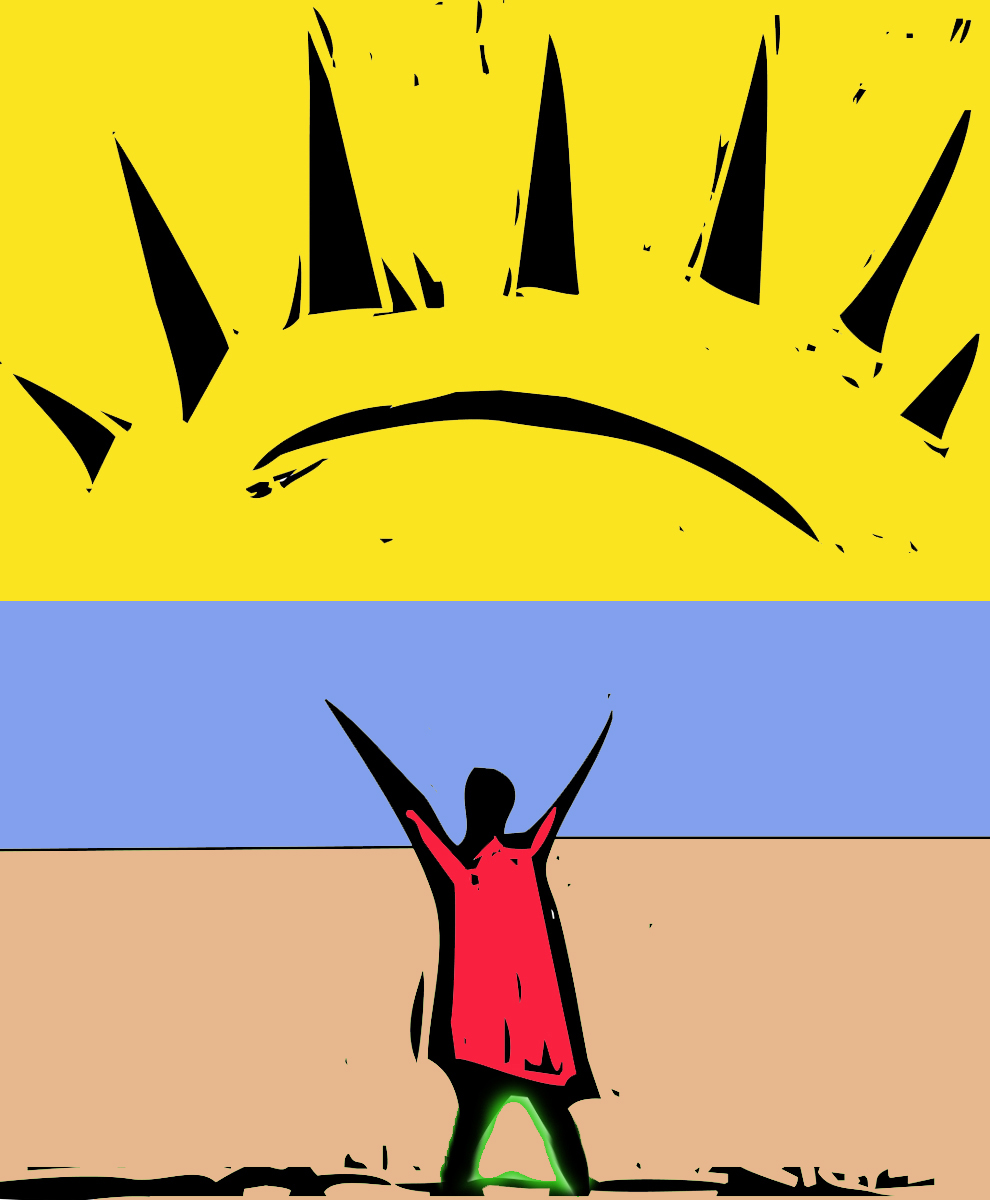
Before we spoke, we had to lift our arms to communicate the concept of “lift” or “up”. After we got control of our tongues, we simply inserted the codes (motions) we had been using for millions of years to communicate into our newfangled speaking machine ( our mouths and tongues).
What else could we have done? Start from scratch? New technology is always built upon a previous technology. That is just an undeniable scientific staple. We learn from what was before and adapt. Same as it ever was.
Since lifting the tongue produces an EL-sound, a large percentage of EL-sounds within words were assigned to describe things or actions that were lifted or light.
The Genesis of Negative L-Words
But there are also many L-words that seem to be about precisely the opposite of lifting. There are the lowering L-words like low, left, less, lack, limp, lag, little, lousy, lose, lame, leak, let, lazy, lament, liar, loath, lone and lease.
These L-words connote a negative sense of loss. Look at the written lower case “l”. It represents an up and down line.
I have found that the vowel that follows the L-sound often ( but not always )dictates if that L-word will describe lifting or lowering. The i represents the direction upwards, as in high, hill, light and lift. But the o sounds often represent lowering and losing concepts. If you say i and o, like i o – you will feel the i sound resonating in the upper part of your oral cavity and the o sound in the lower part. This is not a complicated code. English is very basic. It’s a physical language, and I am explaining just how and why that is so.
Once again, the written l can be taken as a hieroglyph – an up-and-down line shape that describes descriptive attributes within the words that the l-sound is found in. Our written letters all function this way. I find it amazing that this has been missed by both scholars and lay people. I think there is this tendency to believe that languages are different because people appear different to the eye. I see languages and people as being largely the same wherever they are.
English letters are hieroglyphs. Why would they not be? No one else in academia is officially on board with that theory. Too close to the forest to see the trees rings true here.
The lifted L-words, lowered negative L-words and lateral line L-words sum to the largest percentage of the meanings of basic English L-words.
The French word for tongue is langue. Langue is where language came from. I take that to be instructive as to the original meaning of L-words: they are about things associated with the lifted and lowered tongue. The tongue itself is a sort of line as well, is it not?
OR ~ the Hebrew “Light-Word”
OR is the Hebrew word for light. Unlike EL (elevator, helium) and LI (light, lift) which derive their original meanings from the lifting of the tongue employed when saying “EL” , OR derives its Common Language Code (CLC) meaning from other physical attributes of the sun and light.
The “O” in OR symbolizes roundness – because one makes a rOund mOuth to say “O”. The roundness of the sun is represented by the “O” in OR.
R is the most energetic of the English consonant sounds, (and this is probably true in any language). R or RRRR is like the growl of a large jungle cat. That sound had real meaning for us for millions of years in the jungle. That core meaning did not disappear when we learned to control our tongues and communicate with words. There is eneRgy inherent in almost all English R-words.
The sum of O+R represents “round energy”; hence it represents the sun and its light. If you find the OR sound within an English word it often represents concepts like light, fire and heat. TORCH, ORANGE, ORE, MORNING, HORIZON, AURA and FURNACE ( originally FORNACE in Italian ) are good examples.

You might ask, what does “word” have to do with light? But you have likely heard of the old Biblical phrase, “Spread the light, spread the word.” There is apparently an ancient equivalency between the concepts of light and sound, hence words. Both light and sound would have appeared to move instantaneously to a primitive being. That is why English words like LIBRARY, LEXICON and LITERATURE refer to words, and also why there is an OR(an AURA really) within the word, WORD.
In Russian, the words for light and sound are SVET and SVOO. That reinforces the idea that light and sound were named for their SPEED. The S represents motion, the V represents vibration. (We will cover the reasons for this soon. ) It’s like those who created the first Russian words saw things a little differently when trying to describe light and sound. But they drew from the same basic codes they left Africa with! They just chose different attributes of light and sound to describe. After all – a thing – whatever it may be – can be seen different ways. And words can only be approximations of the actual things they describe. There is only one language spoken on planet earth. It is a language based on CLC and over time it has developed 5000+ dialects.
Leonard Cohen wrote: There is a blaze of light in every word. He knew this association instinctively.
LIGHT WORDS
So if you see some logic in the theorem that some English L-words seem to be about things that are lifted in nature, and you think it is potentially non-coincidental that one lifts one tongue to say these very same English L-words, then you have one notch of proof that English is a Stone age language that has evolved into the world’s most known and influential language. I am aware that it’s going to take a lot more notches to convince many of you of this. Hang on. We’ve got plenty of notches to review on all the consonant sounds.
So lets look through some English L-words that seem to be related to things lifted or lifting.
A levy lifts things up, as does a lever. A well is an elevator for water. (W+ELL) Oil (O+IL) is lighter than water; “o” is an ancient word for water with living progeny in French (eau) and cousins in English, osmosis ( water-motion ).
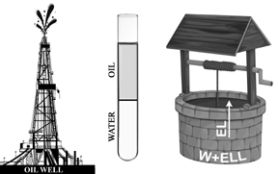
Light is the ultimate light thing; it has no weight either, so light is light. That’s not a coincidence. You need light to see, so look is derived from lux, a Latin relative in the lifted L-word family. Of course there is helium, which goes up – and that is supposed to come from Greek. But helium’s root source is much older than Ancient Greece; it derives from the lifted tongue employed to create an L-sound. We’ve just lost the trail back.
Light travels in a line — and so a family of linear words was spawned which now includes words like list and limbo. Scientific words like longitude and latitude were created when we became more scientific, but the relation to the core concepts of lifting and light were never lost to English L-words.
A ladder takes you up. An elephant lifts his trunk. A loft is a room on high (and not low.) A hill takes you up. A lens lets light in. A lid seems not to have much to do with light until you think about the first known lid, the eyelid. The eyelid stops light! (li+d) And the “d” at the end of a word (or a “t”) often signifies an end, as in end and splat.
And of course, life itself is dependent upon light. Humans have known this for a very long time, and that is why these words are somewhat similar.
….
All English consonants first functioned just like this, and their shapes preserve the original meanings of those sounds. That must be because the scribes who created those shapes knew these associations, about 5-10,000 years ago, when writing began. Once writing and reading took hold, the need to know the associations went away, and in a matter of a few generations, that knowledge was lost to humanity. My book presents more of an archaeological dig than a theory.
Deciphering the English Code reveals the building blocks of thought-word conjunctions in a way anyone can understand – with simple visuals. Since visual language predated spoken language, it underpins our spoken words, almost regardless of language.
……

PREFACE
The Egyptians used little pictures called HIEROGLYPHS to write their language. English letters are like hieroglyphs because there are secret meanings for the sounds that letters represent in English words.
This book series will let you know what those secret meanings are. You can figure out what words mean, just by knowing the secret meanings of English letters.
SMALL AND SILENT

Because SHH is a very quiet SMALL SOUND, SHH means “be quiet” in almost every language on Earth. And because S or SH can be so SMALL in sound, many English words that start with S are about things that are SMALL. The S in SILENCE represents that smallness in sound.
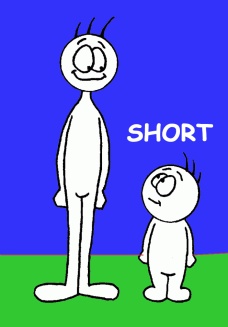
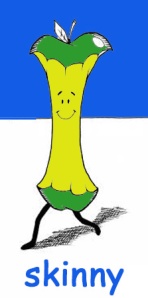
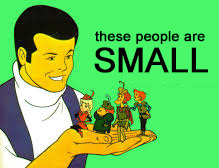
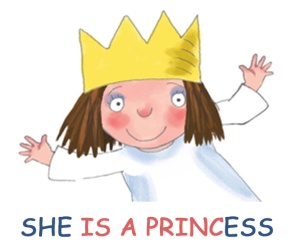
Because women are usually SMALLER than men in size, there are words like PRINCESS and COUNTESS. The Algonquin Indian word for woman is SQUAW. And the Hebrew word for woman is EESHAH, which became the English word SHE. This code exists in many languages besides English.
A grain of SAND is small. SAD is a small way of feeling.
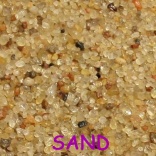



People who are SHY, prefer to be small with their words. SOFTNESS is a smooth, small touch feeling.
S is about MOTION ( pronounced MO-SHUN)
S is also a sound that can be held out for a long time. Say SSSSS, and hold it out for long time. Because the sound continues, English words about continuing or MOVING often start with S.
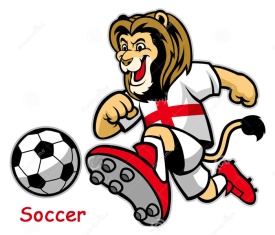

The S in SHOES, SOCKS and SOCCER represents motion. Here are other words wherein S represents motion: Ski, slip, slide, ship, send, spring, sneak, serve, surge,
swim, swing, shimmy, shuttle, shake.

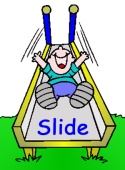


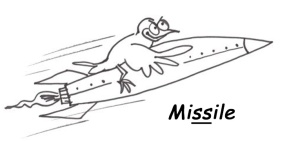
.

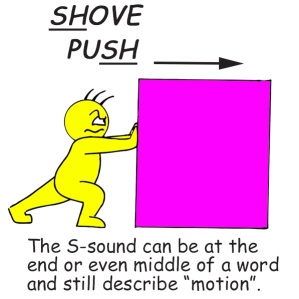
A SCHOOL of fish move together. How about SCHOOL children? They move through the grades together? In fact, the CHOOL in SCHOOL is there because kids go through school in grades which are like collective groups.

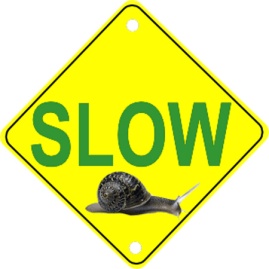
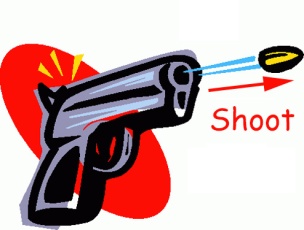
SLOW is LOW SPEED MOTION SHOOT is MOTION that goes OUT of a gun


SWING and SWIRL refer to circular motion.
WHERE DID THE SHAPE OF THE LETTER S COME FROM?
The shape of the letter S was inspired by a certain snake called a puff adder. It has long
been considered to be Africa’s most dangerous snake because of it is aggressive, large, and has strong poison and will bite. If disturbed, the puff adder will hiss continuously,
hold its body in a taut S-shape ready to strike! The African puff adder has the SSSS sound and the S-shape all rolled up inside it.
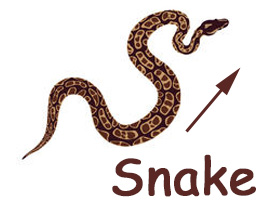

The PUFF ADDER has the motion, shape and sound of the letter S.
SEEING and SAYING
Sound and light waves move very quickly. That is why many words that refer to speaking and even singing, start with S.

People can remember songs easier than plain words. So, before there was writing and reading, people used songs to remember their history! They had no books, but they made up songs about what their grandfathers did and sang them at night around the camp fire. That’s why we can remember songs so easily! We have been doing this for a long time.
SAY, SING, SONG, SPEAK, SPELL, and SHOUT are all S-words about SOUNDS that we make to communicate.
Here Comes the Sun
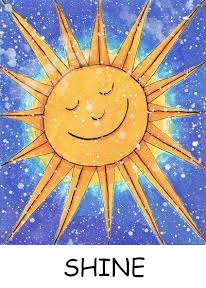
The sun is a huge fire that burns 93 million miles away. Even though it would be loud if you got near, here on earth it seems to burn SILENTLY and last a long time. And so because the SUN as quiet (like a S) and lasts a long time ( like an S) , in English and many other languages, words for the SUN – often start with S. SOLAR, SHINE, SHADE and SHADOW are good examples.
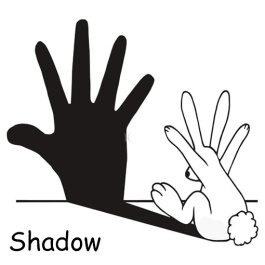
In the Middle East, words for SUN are SHEMESH (Hebrew), and SAHAI (Ethiopian). SAHAI is why the big desert in Africa is called the SAHARA – the area of the sun. (sahai+area=SAHARA)


And since everyone always knew that the SUN is SUPREME and provides the power for all life, words that mean “a supreme ruler” often start with an S. SUPER, SHAH, SIR, SHEIK, SULTAN and CZAR.
Note: the CZ in CZAR sounds basically like an S, so CZ works like an S. The sound of a word is more important than the letters in it, mainly because long ago, people did not read. There were no books originally. S ⇔ C ⇔ Z
THE PLURAL S
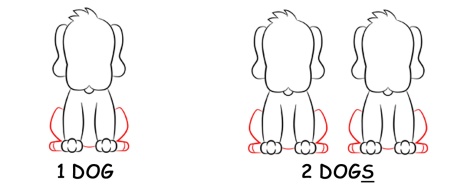
Because you can hold the SSSS sound out for a long time, when S is on the end of many English words, it extends those words as well – it makes them plural. So it’s one DOG, but two DOGS. One BANANA but two BANANAS.
By putting an S on the end of an English word, you extend that word, because the S is itself an extended sound. English is very logical, once it is explained.
The 3 basic qualities of English S-words are:
- things that move owing to the continuing sound of SSS.
- things that are duplicated, plural or that continue over time
- things or actions that are small in some way The SUN begins with an S in English, PIE and Afro-Asian languages because it was perceived as a fire that burnt without end and quietly as well. Things that are large and super powerful like the sun, like SUPER, SUMMIT, SUMMER, and SHAH ( arabic, ruler) got named with S words owing to this perceived connection. And SUPER is opposite of SMALL. So that can throw one for a loop. It is because the sun was perceived as being forever powerful (the sun was the first god of course) but also quiet, that we have this dichotomy. And from sunny inspiration, words for things that are south or underneath (sub, sous, French) evolved. The permanence and quietness of the sun preceded and inspired these connections. It is predictable that if a word for sun does not begin with S in a language, it will begin with a consonant that can be held out, like RRR. I would be surprised if a sun-word ever began with a consonant that can not be held out.
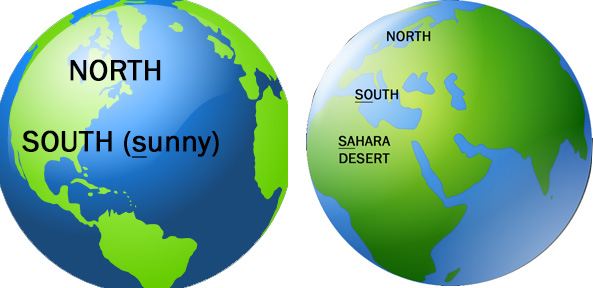

……………….